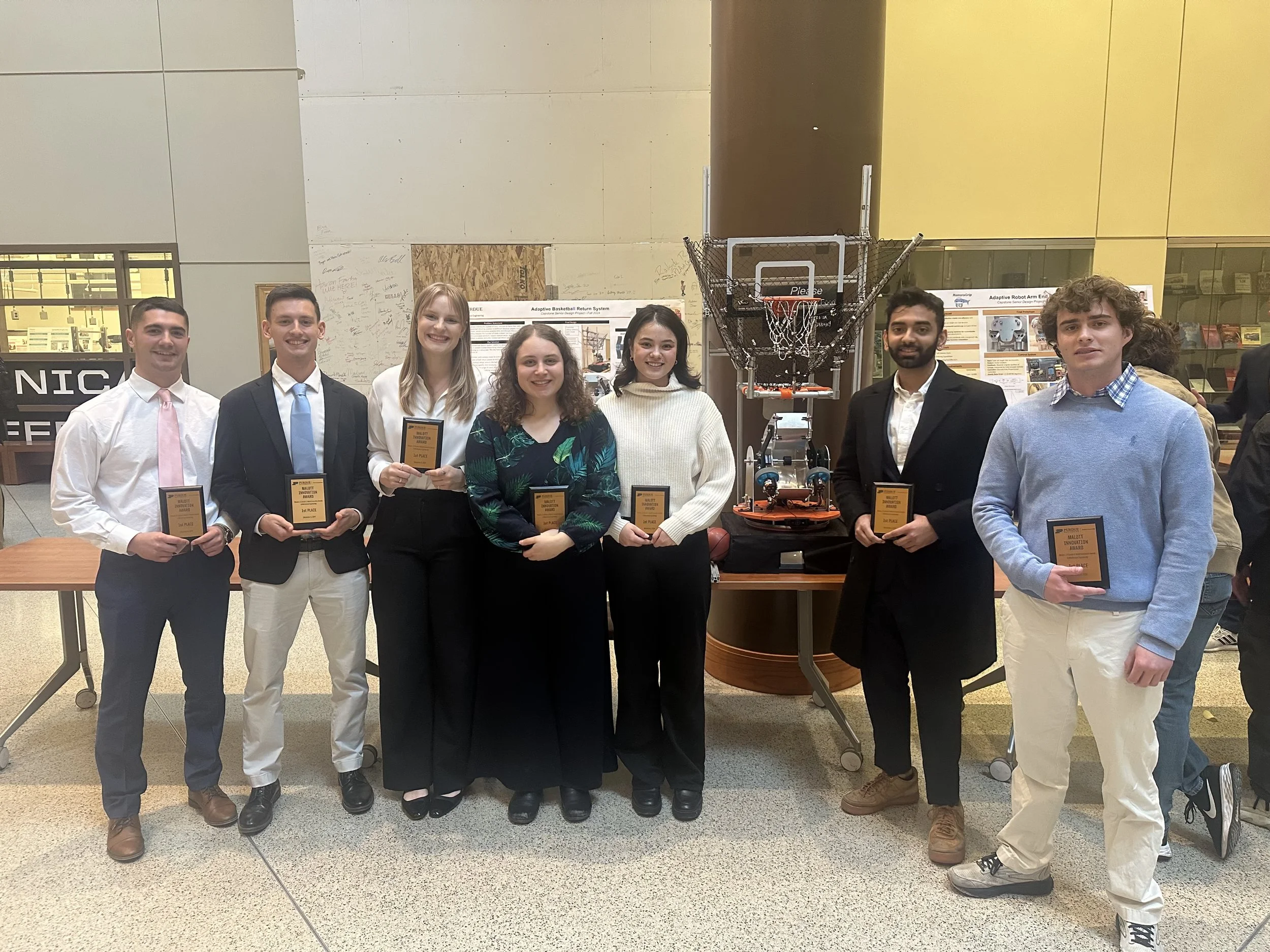"Quantification of transient behavior of wind-driven surface droplet/rivulet flows by using a digital fringe projection technique," Journal of Visualization, (2015)
/[74] H. Hu, B. Wang, K. Zhang, W. Lohry* and S. Zhang, “Quantification of transient behavior of wind-driven surface droplet/rivulet flows by using a digital fringe projection technique,” Journal of Visualization, 18(4), 705-718, 2015;doi:10.1007/s12650-014-0264-8
Abstract
A digital fringe projection (DFP) system is developed to achieve non-intrusive thickness measurements of wind-driven water droplet/rivulet flows over a test plate to quantify the unsteady surface water transport process pertinent to various atmospheric icing phenomena. The DFP technique is based on the principle of structured light triangulation in a similar manner as a stereo vision system but replacing one of the cameras for stereo imaging with a digital projector. The digital projector projects line patterns of known characteristics onto the test specimen (i.e., a water droplet/rivulet on a test plate for the present study). The pattern of the lines is modulated from the surface of the test object. By comparing the modulated pattern and a reference image, the 3D profile of the test object with respect to the reference plane (i.e., the thickness distribution of the water droplet/rivulet flow) can be retrieved quantitatively and instantaneously. The feasibility and implementation of the DFP system is first demonstrated by measuring the thickness distribution of a small flat-top pyramid over a test plate to evaluate the measurement accuracy level of the DFP system. After carefully calibrated and validated, the DFP system is applied to achieve time-resolved thickness distribution measurements of a water droplet/rivulet to quantify the transient behavior of a water droplet/rivulet flow driven by a boundary layer air flow over a test plate. The dynamic shape changes and stumbling runback motion of the wind-driven water droplet/rivulet flow were measured in real time in terms of film thickness distribution, contact line moving velocity, wet surface area and droplet evaporation rate.



